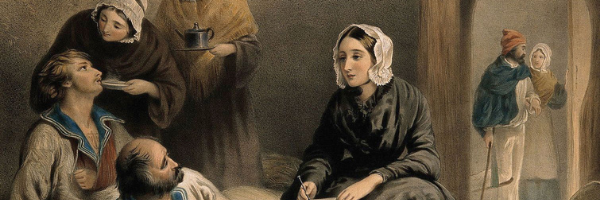- Membership Resources
- State Chapters
- Education/Events
-
Advocacy/Policy
- Home Care Workforce Crisis: An Industry Report and Call to Action
- Advocacy Fund
- State of Home Care: Industry at Crossroads
- Home Care Workforce Action Alliance
- Caring for Seniors: Value of Home Care
- Home Care by the Numbers
- Issues & Positions
- Legislative Action Network
- State Legislation Tracker
- Federal Legislation Tracker
- 2024 National Advocacy Day
- About HCAOA
- Find a Job
|
“My view, you know, is that the ultimate destination of all nursing is the nursing of the sick in their own homes…I look to the abolition of all hospitals…But no use to talk about the year 2000.” - Florence Nightingale (June 1867) The roots of healthcare in the United States are clearly in the care of patients at home. Perhaps the definitive book on home care nursing in this country is No Place Like Home: A History of Nursing and Home Care in the United States authored by Karin Buhler-Wilkerson in 2001. As Ms. Buhler-Wilkerson points out in her book, the care for the sick was part of domestic life in early 19th century America. Physicians and nurses delivered care in patients’ homes, most often with the help of female family members, neighbors and perhaps servants. For those who had no one to care for them, the options for care were scarce. Enter The Ladies Benevolent Society (LBS) of Charleston, South Carolina! The LBS was founded in 1813 during the British blockade of Charleston harbor to address the needs of patients for whom there were few other options. The Society was founded by 125 women who were the wives, sisters and daughters of Charleston’s wealthiest families. The Society was a philanthropic organization only. Members raised needed funds for care of the sick and distributed them, including hiring nurses to care for patients in their homes. A visiting committee conducted the daily work of the Society.
Patient load varied with the seasons and the occurrence of epidemics. In the early years, the Society cared for an average of 290 patients annually. Ms. Buhler-Wilkerson says in her book: “Most important, the LBS supplied the sick poor with nurses, for ‘of what avail are medicines or proper nourishment, unless there be some kind hand to administer them in due season?’” The single most persistent problem for the ladies of the Society was the “vexed question of the chronic patients.” The ladies sometimes found it difficult to stop providing assistance to patients who were no longer acutely ill. One of these patients was described as follows: “Ms. Cowie is an old woman - she has leprosy - and so long, and so greatly has she suffered under it, that her hands are drawn up and deformed. Her eyes are in a state of inflammation - and her body a perfect Skeleton. She is indeed a pitiable object - calling forth compassion of every beholder…our hearts bled when we beheld her.” The financial burden on the Society, especially for the care of chronically ill patients, was substantial. The LBS was solely dependent on donations to meet expenses. According to Ms. Buhler-Wilkerson, the mission of the LBS became complicated by the unpredictable variables of caring for the sick at home. These variables included family circumstances, chronic disease and poverty. The Society struggled to address these issues. Despite the fact that these variables continue to complicate the provision of care, home care has once again become the “fashion.” An increasing number of treatments such as joint replacements are provided in outpatient settings with the bulk of care rendered in patients’ home post-operatively. It is clear, contrary to Florence Nightingale’s prediction above, that hospitals will always have a role to play in the delivery of healthcare. It is also clear, however, that home care of all types provides an important answer to many dilemmas currently encountered in the healthcare industry and is, therefore, ascendant! Copyright 2022 Elizabeth E. Hogue, Esq. All rights reserved
0 Comments
Leave a Reply. |
Archives
July 2024
Categories
All
Upcoming Events |
|
Phone: 202-519-2960 | 444 N. Capitol Street NW, Suite 428 | Washington, DC 20001
[email protected] | sitemap © 2024 Home Care Association of America. All Rights Reserved. | Privacy Policy | Refund Policy |
|


 RSS Feed
RSS Feed
